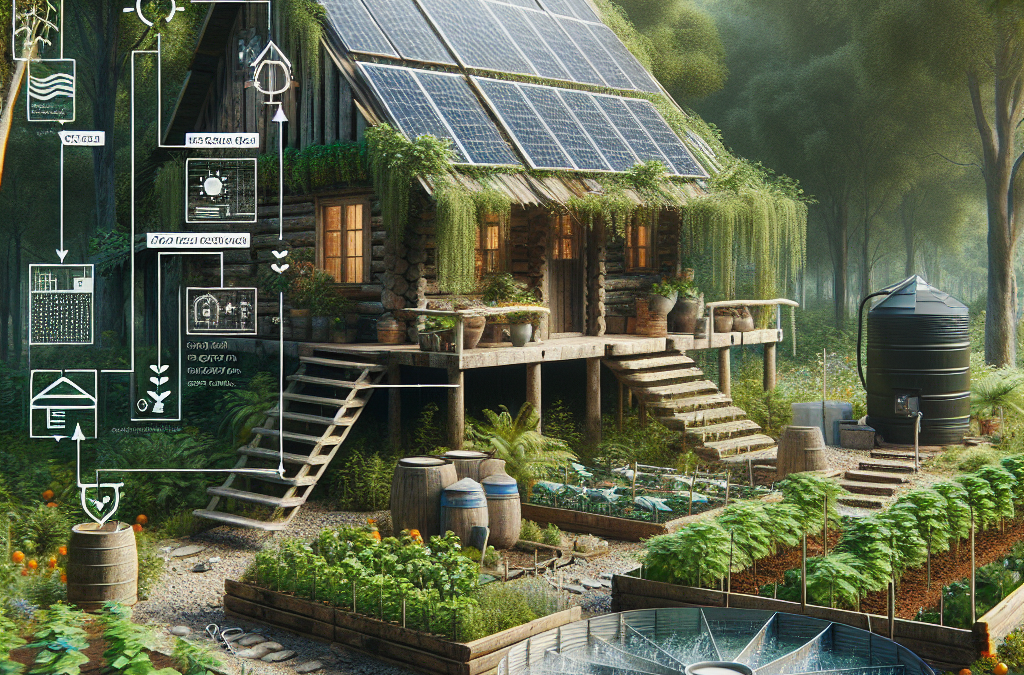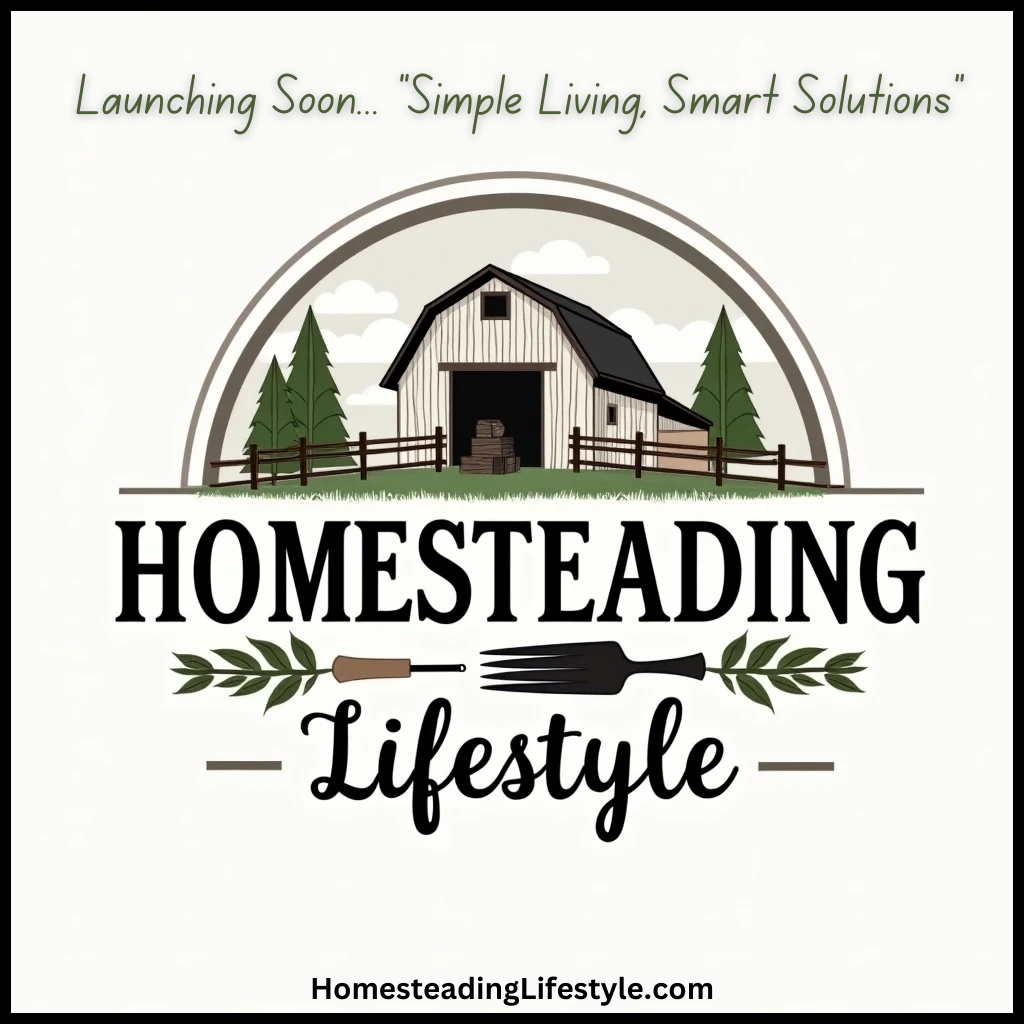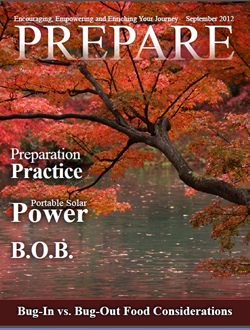1. Assess Your Needs and Location
Finding the Right Spot
When I first started thinking about going off-grid, the place I chose was everything. You’ve got to look for an area that not only speaks to your heart but fits your needs. You need good sunlight for solar panels if that’s your jam, or maybe you want a spot close to a water source for irrigation. Think about what you want to grow or how you picture your life, because your location will impact everything.
Also, don’t forget to consider the weather. Some locations can be a bit extreme in terms of temperature. You don’t want to set yourself up for a heatwave in a tent with no air conditioning. I’ve learned the hard way. The climate plays a massive role in the sustainability of your off-grid lifestyle.
Talking to local folks from farms or other homesteaders can provide insight that you might not find online. They’ll tell you all the dos and don’ts of living in your potential location and can point you towards resources you never considered.
Understanding Your Energy Needs
Next up is figuring out how much energy you actually need. It’s not a one-size-fits-all kind of deal. I remember thinking I wouldn’t need much power, but boy, was I wrong. I had to sit down and do the math—like a real adult! List out your appliances and devices and see how much energy they consume.
You can use a calculator available online to figure out what you’ll actually need. Envision your daily life; how would it function? If you’re someone who binge-watches shows, well, you’ll need more power than someone who only uses lights and a fridge.
After you’ve determined your needs, it makes it a lot easier to decide what kind of renewable energy sources will work best for you, whether that’s solar panels, wind turbines, or hydro setups.
Identifying Local Resources
Once you have your location and needs figured out, it’s time to tap into nearby resources. Check if any local groups focus on off-grid living—or just sustainable living in general. These communities can be lifesavers for knowledge and support.
Utilize local materials for building and energy. Sometimes there’s free stuff you can snag or buy at a low price, like recycled materials. A friend of mine built her entire cabin from re-purposed wood, and it looks brilliant! You can even find handmade items that blend seamlessly with nature.
Networks like Craigslist or Facebook Marketplace can also be your best friends. When I was sourcing supplies for my setup, using these platforms helped me find used solar panels at a fraction of the cost. Always ask questions and be sure to check the items before purchasing.
2. Choose Your Energy Sources
Solar Power
Now let’s dive into the good stuff: energy sources! Solar power is often the go-to for many off-gridders. When I initially set up my system, I had a bit of a learning curve. I started with panels on my roof and learned about battery storage and how sunlight changes throughout the year.
Investing in high-quality solar panels initially can save you a headache later. Don’t skimp on the batteries either; you want a reliable way to store energy for those rainy days. I didn’t realize the importance of backup power until it was too late; lesson learned!
Monitoring your energy output and usage can greatly assist in tweaking how many panels you need. I used tools and apps to keep track of my consumption and saved loads of energy by adjusting my habits gradually.
Wind Turbines
If you live in a windy area, wind turbines might be your best friend. Honestly, I hadn’t considered them for my off-grid setup until a buddy convinced me to give them a shot. The beauty of wind energy is that it can complement solar, especially during the winter months.
Installing turbines can be a bit fiddly—make sure you research local laws because some areas have restrictions. You want to be above board from the get-go. I eventually placed mine far enough away from the house, so it didn’t bug me with noise but still caught the breezes.
Plus, watching the turbine spin while you sip coffee on your porch feels like something out of a movie. Just those little joys remind you that you’re evolving into a self-sufficient dreamer.
Hydropower
If you’re lucky enough to have a stream or river on your property, consider harnessing hydroelectric power. I stumbled upon this option when evaluating my land’s resources and realized how powerful the flowing water can be. It requires more initial setup, but it can be incredibly efficient.
There are small-scale hydro systems that can be perfect for individual use. You need to check the water flow rate to see if it’s viable. It’s amazing when the water flows; it can generate power consistently without depending on the sunlight.
Setting up turbines in the water requires a bit more technical understanding, so don’t hesitate to reach out to professionals if you feel in over your head. It’s worth the investment if you get it right.
3. Create a Sustainable Water Supply
Rainwater Harvesting
Alright, let’s talk about water—essential for off-grid living. I found that implementing a rainwater harvesting system was crucial! You can set up your gutters to direct rainwater into barrels for storage. It’s eco-friendly and saves you money!
You need to ensure your barrels are clean and sterilized because you want to avoid any nasty bugs. After rainstorms, I’d check my barrels excitedly, like a kid waiting for candy. Just ensure you always filter and treat your water before drinking it!
Also, think about the size of your storage system. More barrels mean more water, but make sure they are easy to manage. I had to rethink my setup once I realized I needed more space for storage as the project grew.
Wells and Springs
If rainwater isn’t sufficient for your needs, consider drilling a well. This can be a bit of an investment, but having that continuous water source is comforting. I went this route after realizing I’d need much more water than I thought.
Once you have it, don’t forget maintenance; wells can have various issues that crop up if not properly monitored. Having a quality filtration system is also essential to keep things fresh and clean.
Research about drilling permits and local regulations is necessary before you jump in. It’s good to know the rules of your county to avoid any future headaches.
Filtration Systems
And when you’ve got your water sorted, implementing a filtration system is the next logical step. I found myself knee-deep in options when deciding what my household needed. There are gravity-fed systems, reverse osmosis filters, and many more.
Familiarize yourself with the features of filtration systems because depending on your water source, you’ll need different methods. When I switched from bottled water to my filtration system, I felt an incredible sense of achievement!
Make regular maintenance a part of your routine, so you’re always assured of clean water. After all, health is wealth, and that includes your hydration.
4. Build Shelter and Space
Your Home Sweet Home
And now for the fun part! Building your shelter. Whether it’s a tiny house, cabin, or yurt, this is where your heart will truly find peace. I decided on a simple cabin made from reclaimed wood, literally watching it transform from a plan on paper to a beautiful space in the woods.
You need to plan your layout based on your lifestyle. I remember sketching out my cabin’s design, factoring in how I’d use each space daily. Is it primarily a living area, or do you need dedicated rooms for hobbies? Get creative with it!
I also took time to really think through insulation and weather-proofing. Living off-grid is great, but you need to be comfortable year-round. Stuffing the walls with insulation kept my cabin cozy during frigid months.
Off-Grid Amenities
Getting your shelter up is just step one. Now you need to integrate off-grid amenities like composting toilets and outdoor showers. I built a compost toilet from scratch, and swear, it saved my life! It’s not only eco-friendly, but it helps give back to the earth.
There are tons of tutorials online for these kinds of setups. Take your time to build something that suits your taste and truly serves your well-being. My outdoor shower, for instance, has been a game changer; nothing beats a hot shower amidst nature.
Be practical, but also allow some luxurious touches. Maybe add a wood-burning stove? Personally, I absolutely love curling up next to my stove during those chilly evenings.
Creating Outdoor Spaces
Don’t neglect your outdoor space! Gardens, fire pits, or cozy patios can become your favorite spots. I created a small vegetable garden; I can’t explain the joy of eating what you’ve grown yourself—it’s incredible!
Moreover, a fire pit has been the focal point for weekend gatherings with friends and family. We’d grill food, sit around sharing stories, and it brought everything to life—all under a starlit sky.
Being outdoors enhances your off-grid experience in ways you never imagined. It’s all about connecting with nature as much as possible. Embrace it, and don’t be afraid to get a little dirt under your nails!
5. Embrace a New Lifestyle
Adapting to Minimalism
Switching to off-grid living means embracing a minimalist lifestyle. I realized how much stuff I didn’t need and it felt so freeing! Start decluttering before your move; less crap means less to manage.
It’s wild how much of it was just noise in my life. By minimizing my belongings, I found more space—not just physically, but mentally. I had more time to focus on what matters most like relationships, hobbies, and self-care.
Plus, living with less encourages creativity in finding solutions to problems. I’ve started repurposing items that would’ve otherwise been thrown away, giving them new life and functionality.
Learn New Skills
Living off-grid requires developing new skills that you wouldn’t think to learn while living in the city. I found myself diving into gardening, short-wave radio communications, and even basic plumbing—and I’m here to tell you, it’s all worth it!
YouTube was my friend through this journey—I learned tons just by following tutorials. Experimenting with new skills is not only beneficial but adds a certain joy to everyday life!
Don’t shy away from asking for help from local experts too. Whether its neighbors or community members, they can share wisdom that can be invaluable. I made some great friends through these learning experiences!
Community Building
Finally, living off-grid isn’t a solo act; building a community around you is key. Reach out to others who are also living off the grid, whether it’s online or locally. I found a few fantastic groups on social media dedicated to off-grid living.
These communities often share advice, resources, and even swap experiences about what’s worked for them. Get involved! Join workshops, attend farm fairs, or just stop in for a cup of coffee with a neighbor. It greatly enriches your off-grid experience.
Plus, you’ll get to witness the beauty of collaboration and support. Every time I gather around a fire with my neighbors, it reminds me of why I chose this lifestyle in the first place—it’s such a rewarding journey!
FAQs
1. What’s the most challenging aspect of living off-grid?
For me, the toughest part was definitely adjusting my mindset. It’s easy to take modern conveniences for granted. Learning how to truly rely on myself and my resources took time, but it was worth every second.
2. How do I choose the right energy source?
It depends on multiple factors, such as location, budget, and personal needs. Take time to assess what resources are available to you, and consider combining multiple sources for reliability!
3. Can I still stay connected to the internet while living off-grid?
Absolutely! Many off-grid setups can incorporate satellite or cellular connections. Just be prepared for some limitations based on remote areas and network availability.
4. What are the costs involved in setting up an off-grid system?
Costs can vary widely based on your setup. I suggest creating a detailed budget that includes everything from initial setup (like solar panels or well installation) to ongoing expenses (like fuel, maintenance, or food).
5. How much time do I need to dedicate to maintaining an off-grid lifestyle?
The time commitment can vary based on how complex your system is. Initially, you might want to dedicate more time learning and setting up, but as you find your rhythm, maintenance can become a manageable part of your day-to-day life.





